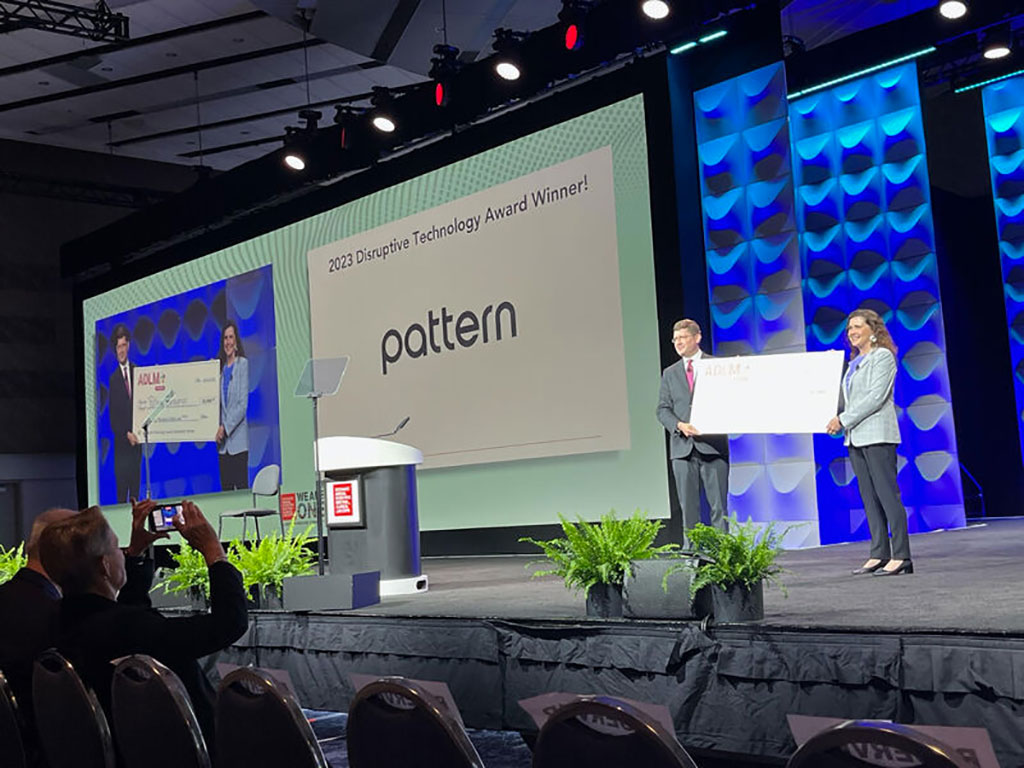New Research Shows Self-Collected Tests Perform Similarly to Provider-Collected Tests for Detecting STIs
Posted on 27 Jul 2023
New research presented at the 2023 AACC Annual Scientific Meeting & Clinical Lab Expo has shown that self-collected tests are as effective as provider-collected tests in detecting prevalent sexually transmitted infections (STIs). These findings could pave the way for new, discreet testing options that expand access to STI screening.
The human papillomavirus (HPV) is a primary cause of cervical cancer in the U.S., creating the need for regular testing as part of prevention and screening measures. Testing traditionally occurs in clinical environments, but there's increasing interest in using self-collected samples for HPV and other STIs. Such self-administered tests could potentially benefit those who find it difficult to access healthcare providers due to their location, profession, or fear of stigma or discrimination. Nevertheless, additional research is needed to confirm the reliability of these self-collected tests.

Researchers from LetsGetChecked Laboratories (New York, NY, USA) and the Permanente Medical Group (Oakland, CA, USA) performed a comparative study on HPV tests using 144 pairs of self-collected vaginal swabs and healthcare provider-collected swabs from the cervix lining. Additionally, they exposed a small selection of self-collected samples to temperatures that simulate extreme seasonal fluctuations. To assess the variability in swabs from a single individual, likely due to differing virus quantities in each swab, the researchers evaluated five self-collected swabs from 15 participants.
Lastly, the team explored methods to enhance the collection process, like modifying the duration samples were left to dry and providing participants with an instructional video. The majority of self-collected samples delivered results consistent with those from provider-collected ones. Differences were attributed to smaller amounts of detectable virus in self-collected samples. Those samples exposed to extreme temperatures had less detectable virus than those not subjected to such conditions. However, changes in the drying time of samples did not affect virus detection. Sample validity saw an improvement of 8.5% after participants viewed an instructional video.
“We performed a detailed analysis of the variables related to self-collected vaginal swabs to calculate analytical acceptability metrics, and to identify limitations in testing that can be improved to aid in modern cervical cancer screening,” said primary author Michelle Qi.
In another study, researchers from the Los Angeles County Department of Public Health (Baldwin Park, CA, USA) and LetsGetChecked analyzed the performance of self-collected tests versus provider-collected tests for two common sexually transmitted infections (STIs): Chlamydia trachomatis and Neisseria gonorrhea. These infections frequently present without symptoms, making them challenging to detect. The Centers for Disease Control and Prevention suggest that self-collected samples, obtained from urine or swabs of the vagina, rectum, or throat, could serve as practical alternatives to provider-collected samples. At present, only urine and vaginal swabs can be self-collected within clinics. This research was initiated with the aim of broadening the inclusivity and accessibility of STI testing by examining more options for self-collection and home testing.
The researchers evaluated results from 164 pairs of rectal swabs collected at home and by providers, and 159 pairs of throat swabs. They also conducted tests on urine and vaginal swabs to determine the effects of temperature fluctuations, contamination from hands, and inaccurate filling of self-collected urine samples. When compared to provider-collected samples, the self-collected rectal swabs showed 95.5% positive agreement for C. trachomatis and a perfect 100% for N. gonorrhea. Meanwhile, self-collected throat swabs were nearly 100% consistent with provider-collected swabs for both infections. Notably, there were several swabs that tested positive for both pathogens when self-collected but tested negative when collected by providers. The presence of hand contaminants had a negligible impact on test outcomes, and the results remained largely unaltered by temperature fluctuations and incorrect filling of urine samples.
“Self-collected rectal and throat swabs could offer better sensitivity than those collected by physicians for detecting C. trachomatis and N. gonorrhea—without compromising the test’s analytical performance,” said Breland Hockman, Ph.D., one of the study’s authors. “Therefore, specimens of STIs collected at home offer a viable option for improving access to STI screening and could offer a non-stigmatizing approach to sexual health.”
Related Links:
LetsGetChecked Laboratories
Permanente Medical Group
LA County Public Health













